The crackling energy of a Sembl move
[ by Charles Cameron — cross-posted from Sembl ]
.
.
1.
I’m always looking around for ways to describe the leap between two ideas (concepts, people, events, things) that occurs when you make a move in a Sembl game. On the game board, the ideas are shown as circles and the links as lines between them.
In the case of the museum version, the “ideas” are objects in the Museum’s collection – but the same principle applies whether we’re talking objects, concepts, events or people: entities of whatever type go in the circles, the lines between them signify the exploration of their resemblances and differences.
.
2.
Okay.
In more technical terms, Arthur Koestler in his classic book about the conceptual structure of creativity, The Act of Creation, diagrammed the intersection of two conceptual frames as representing the place where the joyous aha! of discovery, the gasped ah! of tragedy or the delightful ha! of laughter is generated, and this more recent version of his diagram gets the essence:
3.
But wait!
There’s a lot going on here, there’s a distinct leap – think: creative leap, even perhaps leap of faith.
It was the leap between two ideas – electricity and magnetism – that gave Faraday his dynamo, Maxwell his equations, and the modern world almost its whole existence. It was the leap between two ideas – modular forms and elliptic equations – that gave Taniyama his conjecture and Wiles his proof of Fermat‘s Last Theorem.
The leap that intuits similarities, particularly rich similarities between rich concepts in widely separated fields, is the most powerful tool of the thinking mind – and playing Sembl amounts to nothing more or less than a repeated, playful, delightful invitation to make leaps of exactly that kind.
So a Sembl leap of resemblance can be anything from training wheels for creativity to a prize-winning long-jump at the conceptual Olympics.
.
4.
Maria Popova at Brainpickings quotes Steve Jobs:
Creativity is just connecting things.
And she quotes James Webb Young, back in 1939:
Consequently the habit of mind which leads to a search for relationships between facts becomes of the highest importance in the production of ideas.
This isn’t some hidden secret, but it’s not exactly common knowledge either, it’s not something many schools teach — which is why the great anthropologist Gregory Bateson famously told his fellow Regents at the University of California:
Break the pattern which connects the items of learning and you necessarily destroy all quality.
Which is also why Eliot Eisner, Stanford professor and former President of the American Educational Research Association, said of Sembl’s precursor HipBone Games, “the cognitive processes you are interested in developing are critical to a decent education”.
.
5.
And just what does this have to do with Van der Graaf Generators, you might wonder?
There’s a cracking sense of energy discharged when you connect two ideas in a Sembl game move – not unlike the discharge of energy between the spheres of two Van der Graaf Generators picture here:
Imagine the spheres as two ideas in place on a Sembl game board, and the electrical discharge as the excitement of seeing how they mesh together to create that ah!, aha! or ha!
Or watch the whole, ultra-short video from which that image was taken, courtesy of the folks at MIT:
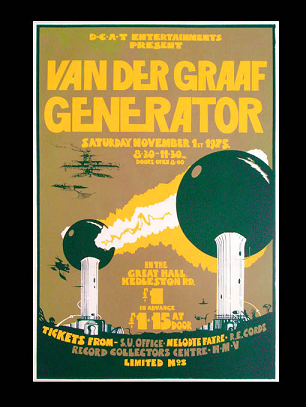
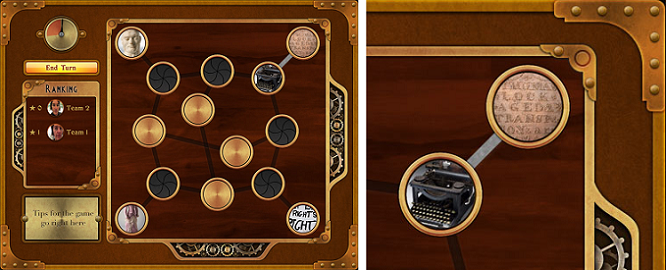
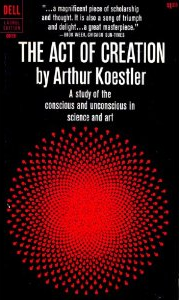
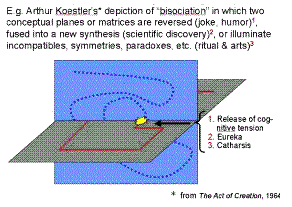
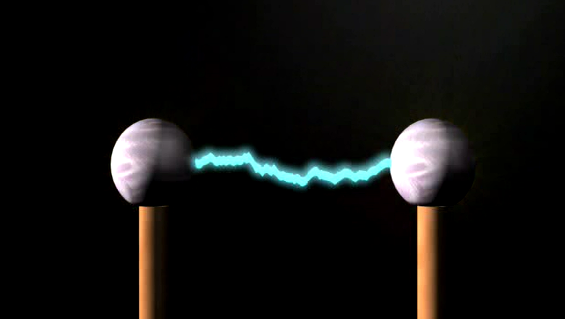



June 10th, 2012 at 11:15 pm
Charles, have you read The Medici Effect by Frans Johansson? He describes the effect of ideas meeting at intersections between subjects.
June 11th, 2012 at 2:26 pm
Hi Charles,
.
Interesting series; I have The Way We Think, but haven’t had time to start.
.
Is the game board 3-D—like three dimensional chess? I couldn’t determine from the sembl website.
June 11th, 2012 at 3:39 pm
Scott:
.
I have The Medici Effect, but haven’t yet read it. Koestler’s The Act of Creation (1964) is the seminal book that put that idea out in a big way, although a friend told me yesterday that his 1949 Insight and Outlook contains the seeds of the idea.
.
Looks like The Medici Effect had better be high on my reading list…
June 11th, 2012 at 3:49 pm
J. Scott:
.
The game boards are all currently 2-D, but there’s no reason why we couldn’t have a 3-D version if that would be fun — I’ve certainly toyed with the idea.
.
The thing is that a 10 move board can easily require the player to think up an idea that connects with four or five others, which is a really taxing creative demand to make. Going 3-D would be a visual extra, but as with chess, the gameplay already pushes our human limits.
.
I used to play 3-D tic-tac-toe at Oxford, on a 4 x 4 x 4 board constructed of four sheets of transparent plastic with holes in them, mounted about 3″ apart on a frame, and using red and white golf tees for Xs and Os. That was pretty taxing, too…
June 11th, 2012 at 5:38 pm
Hi Charles, Many thanks!